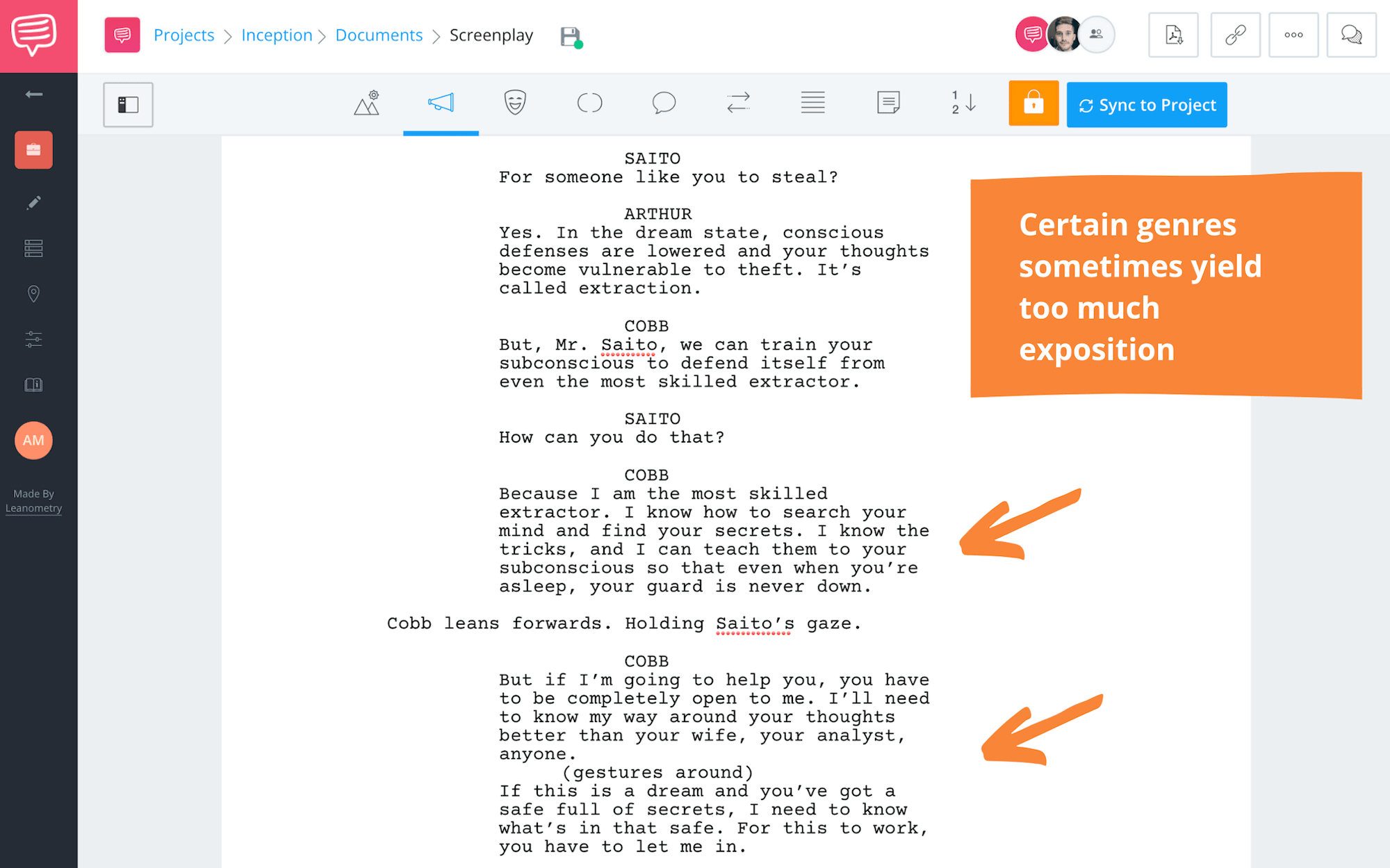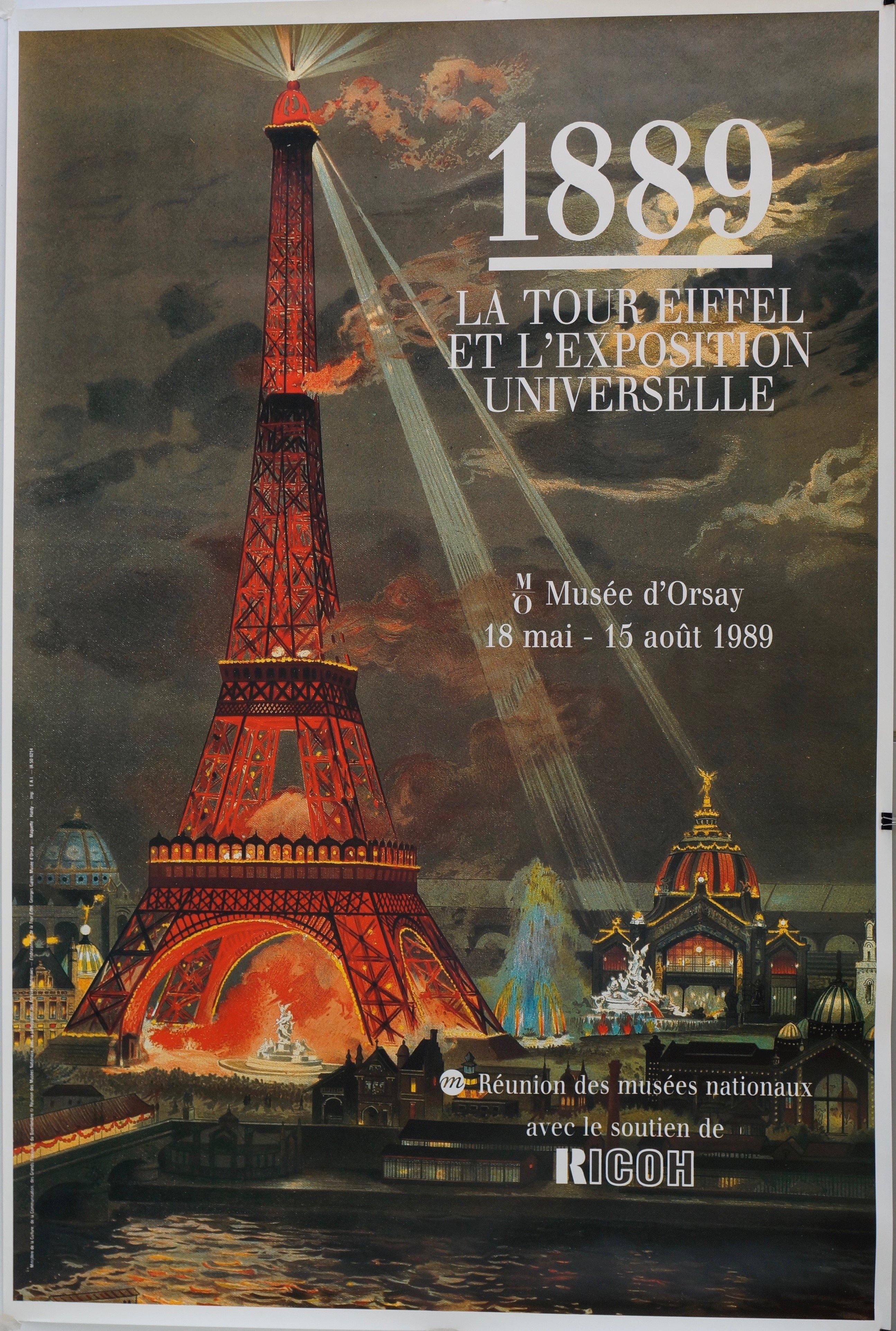

Ana Mendieta was influenced by and interested in the artistic movements of her time, including Minimalism, earth art, performance art, and feminist art as well as the historical and spiritual legacies of many cultures, ancient and modern. Mendieta’s work encompasses the persistent dialogue with history and yearning for wholeness that is at the heart of human culture. The artist’s personal biography encompasses the existential dilemmas of the modern era: the experience of personal, cultural and political displacement the loss of connection and continuity with one’s individual and collective past the pressure to conform and assimilate in a foreign environment, language and value system. Her work crossed many borders including artistic and time-based disciplines geographical and political boundaries and the investigations of history, gender and culture. Mendieta was a highly disciplined and unusually prolific artist in her brief career she produced many important artworks in Cuba, Europe, Mexico and the United States.Īna Mendieta’s particular merging of sculpture, earth art and performance (earth-body, as she termed it) stands as a unique and singular artistic expression. She received grants from the New York State Council on the Arts, the New York Foundation for the Arts, the National Endowment for the Arts, the John Simon Guggenheim Foundation, and was recipient of the Rome Prize from the American Academy in Rome. In 1978 she moved to New York and joined A.I.R., the first gallery of women artists, established in 1972. Mendieta was moved from Miami to Iowa where she lived in several foster homes, then attended the University of Iowa where she received undergraduate and graduate degrees in studio and intermedia art. government and the Catholic charities that brought 14,000 Cuban children to Miami during the years 1960-1962. Mendieta is one of the most important and influential early performance artists and this exhibition brings new insight into a previously under represented aspect of her work in film”, said Bonnie Clearwater, Director and Chief Curator at NSU Art Museum Fort Lauderdale.Īna Mendieta was born in Havana, Cuba in 1948 and was sent to the United States in 1961 at the age of 12 as part of Operation Peter Pan, an initiative of the U.S. “NSU Art Museum is honored to present this exhibition that complements the Museum’s strong concentration of Cuban contemporary artists. Covered in Time and History: The Films of Ana Mendieta locates Mendieta’s moving image works at the center of her artistic oeuvre and with new research documents her prolific and varied use of the filmic medium, making clear her place as one of the key figures in the multidisciplinary visual arts practice that included filmworks and characterized the historic shifts in 1970s art. Less well known is her remarkable and prolific production of films and videos. During her brief career, from 1971 to 1985, Mendieta produced a stunning body of work that included drawings, installations, performance, photographs, and sculptures. It underscores NSU Art Museum Fort Lauderdale’s emphasis on experimental postwar art and contemporary Cuban art.Īna Mendieta is widely regarded as among the most original and talented artists of the post-war era. Nash Gallery, University of Minnesota and curated by Lynn Lukkas, Chair of the Department of Art, and Howard Oransky, Director of the Katherine E. The exhibition includes 21 films and 26 related photographs and is organized by the Katherine E. One of the most influential Cuban-American artists of the post-World War II era, Mendieta’s (1948-1985) synthesis of sculpture, earth art and performance unflinchingly investigated what it means to be human. This is the first and largest full-scale museum exhibition in the United States devoted to Ana Mendieta’s filmworks.


NSU Art Museum Fort Lauderdale will present Covered in Time and History: The Films of Ana Mendieta from February 28 through July 3, 2016.


 0 kommentar(er)
0 kommentar(er)
